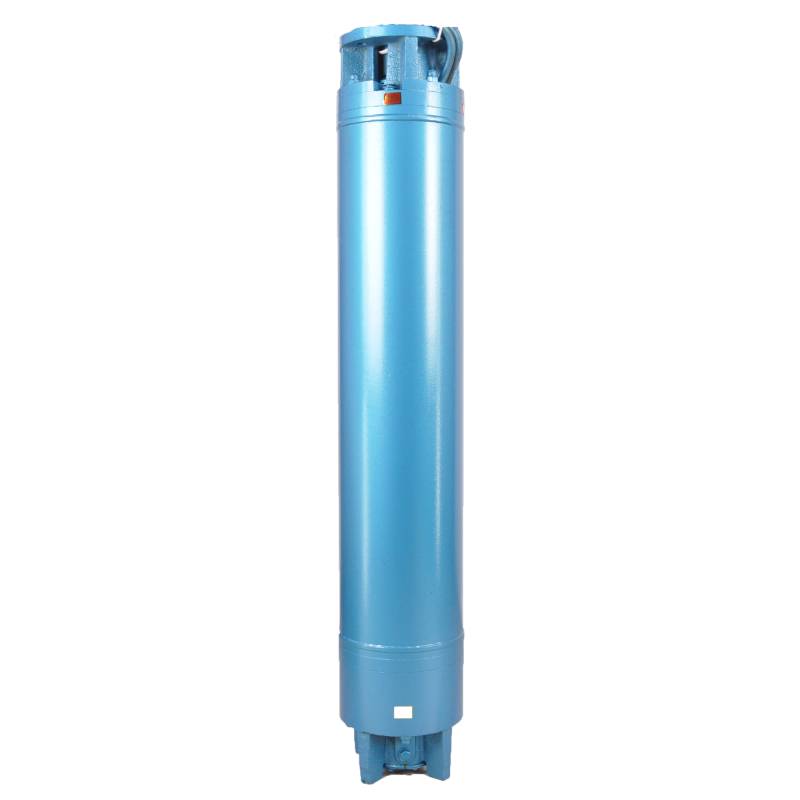Nov . 23, 2024 20:40 Back to list
water pump submersible
Submersible Water Pumps A Comprehensive Overview
Submersible water pumps are essential devices widely used in various applications, from residential to industrial settings. These pumps are specifically designed to operate underwater, making them ideal for tasks that involve moving water from one location to another, such as in wells, ponds, or sewage systems.
How Submersible Water Pumps Work
The working principle of a submersible water pump is relatively straightforward. The pump is sealed in a waterproof casing, allowing it to be submerged in water. When activated, an electric motor connected to the pump’s impeller generates suction, pulling water into the pump. The impeller then forces the water upward through a discharge pipe.
The design of submersible pumps ensures that they can handle water efficiently. Unlike standard pumps that sit above the water source, submersible pumps are placed below the water level, reducing the risk of cavitation and allowing for optimal performance. Additionally, these pumps often feature a series of mechanical seals to prevent water from entering the motor, thereby ensuring longevity and reliability.
Applications of Submersible Water Pumps
Submersible water pumps are versatile devices used across various sectors. In residential settings, these pumps are commonly employed for draining basements or swimming pools. They can also be used for irrigation in gardens and agricultural practices, where water needs to be efficiently moved from one location to another.
In the industrial sector, submersible pumps are vital for dewatering construction sites, wastewater management, and maintaining water levels in rivers and canals. Their robust design makes them well-suited for handling dirty or contaminated water, which is often the case in sewage and stormwater applications.
water pump submersible

Types of Submersible Water Pumps
There are several types of submersible water pumps, with variations designed for specific tasks. For instance, sewage pumps are built to handle solid waste and debris, while clean water pumps are suitable for transferring untreated water from wells or tanks. Additionally, multi-stage submersible pumps are designed for applications requiring higher pressure, making them ideal for deep well extraction.
Choosing the right submersible pump depends on various factors, including the type of fluid being pumped, the desired flow rate, and the total head (the height to which the water must be lifted).
Advantages of Submersible Water Pumps
One of the primary advantages of submersible water pumps is their energy efficiency. Operating underwater allows these pumps to use less energy compared to conventional pumps, leading to reduced electricity costs. Furthermore, their design allows for quiet operation, making them suitable for residential use without disturbing the peace.
Another significant benefit is their ability to efficiently move large volumes of water, making them a preferred choice for various applications. Submersible pumps are also less prone to freezing in cold weather, as they remain submerged and are insulated by the surrounding water.
Conclusion
In summary, submersible water pumps are indispensable tools that facilitate the efficient movement of water across numerous applications. Their design, functionality, and versatility make them a preferred choice for both residential and industrial usages. Whether for drainage, irrigation, or dewatering, understanding the range of available submersible pumps can help individuals and businesses make informed decisions for their water management needs.
-
Submersible Water Pump: The Efficient 'Power Pioneer' of the Underwater World
NewsJul.01,2025
-
Submersible Pond Pump: The Hidden Guardian of Water Landscape Ecology
NewsJul.01,2025
-
Stainless Well Pump: A Reliable and Durable Pumping Main Force
NewsJul.01,2025
-
Stainless Steel Submersible Pump: An Efficient and Versatile Tool for Underwater Operations
NewsJul.01,2025
-
Deep Well Submersible Pump: An Efficient 'Sucker' of Groundwater Sources
NewsJul.01,2025
-
Deep Water Well Pump: An Efficient 'Sucker' of Groundwater Sources
NewsJul.01,2025
-
 Submersible Water Pump: The Efficient 'Power Pioneer' of the Underwater WorldIn the field of hydraulic equipment, the Submersible Water Pump has become the core equipment for underwater operations and water resource transportation due to its unique design and excellent performance.Detail
Submersible Water Pump: The Efficient 'Power Pioneer' of the Underwater WorldIn the field of hydraulic equipment, the Submersible Water Pump has become the core equipment for underwater operations and water resource transportation due to its unique design and excellent performance.Detail -
 Submersible Pond Pump: The Hidden Guardian of Water Landscape EcologyIn courtyard landscapes, ecological ponds, and even small-scale water conservancy projects, there is a silent yet indispensable equipment - the Submersible Pond Pump.Detail
Submersible Pond Pump: The Hidden Guardian of Water Landscape EcologyIn courtyard landscapes, ecological ponds, and even small-scale water conservancy projects, there is a silent yet indispensable equipment - the Submersible Pond Pump.Detail -
 Stainless Well Pump: A Reliable and Durable Pumping Main ForceIn the field of water resource transportation, Stainless Well Pump has become the core equipment for various pumping scenarios with its excellent performance and reliable quality.Detail
Stainless Well Pump: A Reliable and Durable Pumping Main ForceIn the field of water resource transportation, Stainless Well Pump has become the core equipment for various pumping scenarios with its excellent performance and reliable quality.Detail
